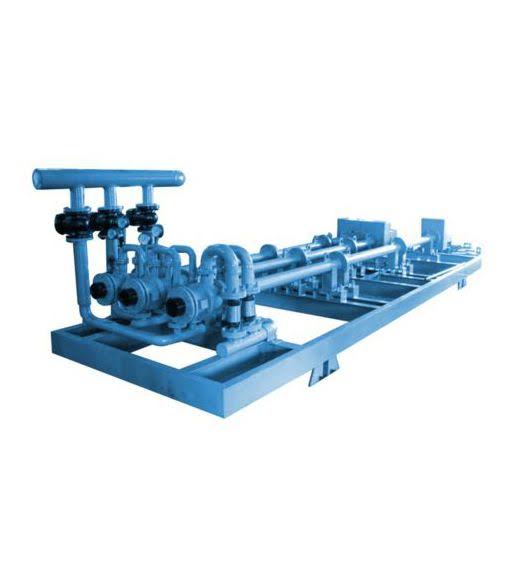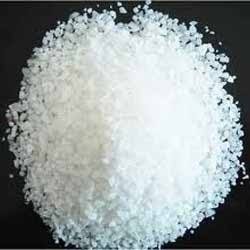Introduction:
Induction crucibles are essential components in various industrial processes, including metal melting and casting. However, one common issue faced by operators is the leakage of induction crucibles. This article aims to provide step-by-step preventive measures to avoid leakage and shed light on the potential reasons behind such occurrences. By implementing these strategies, operators can enhance their crucible’s longevity and ensure smooth production processes.
Understanding the Induction Crucible:
Before delving into preventive measures, it’s crucial to grasp the construction and function of an induction crucible. Made of refractory materials, such as clay graphite or silicon carbide, these crucibles are designed to withstand high temperatures, ensuring the efficient melting and casting of metal alloys. With proper care and maintenance, induction crucibles offer longevity and reliability.
Preventive Measures:
1. Proper Crucible Installation:
Installing the induction crucible correctly is the first step in preventing leakage. Follow these steps for optimal installation:
- Clean the bottom coil inductor and ensure it is free from debris or any other substances that may affect the crucible’s stability.
- Place the ceramic fiber material as a protective layer at the bottom of the crucible.
- Gently lower the crucible into the inductor, making sure it fits snugly without putting excessive pressure on the lining.
2. Regular Inspection and Maintenance:
Regularly inspecting and maintaining the induction crucible is vital to prevent leakage. Consider the following measures:
- Check for any signs of cracks, erosion, or wear on the crucible lining. If identified, promptly repair or replace the crucible to prevent further damage.
- Clean the crucible regularly, removing any slag buildup or impurities that may affect the crucible’s integrity.
- Implement a scheduled maintenance plan to ensure that any potential issues are addressed before they escalate.
3. Appropriate Charging and Melting Techniques:
Improper charging and melting techniques can exert excessive stress on the induction crucible, leading to leakage. Follow these guidelines:
- Avoid overloading the crucible beyond its recommended capacity, as this can cause excessive strain on the lining.
- Gradually increase the power during the melting process to minimize thermal shock, a common cause of cracking and leakage.
- Use a suitable refractory coating on the crucible’s lining to enhance resistance to thermal and chemical deterioration.
Possible Causes of Induction Crucible Leakage:
Despite taking preventive measures, induction crucible leakage can still occur due to several underlying factors. Understanding these potential causes can help operators address issues promptly. Some possible reasons for leakage include:
1. Thermal Shock:
Rapid and extreme temperature changes can cause the crucible to expand and contract, leading to cracks and leakage. Avoid sudden cooling or heating cycles to minimize the risk of thermal shock.
2. Corrosive Melting Materials:
Certain metal alloys, such as those with a high sulfur content, can corrode the crucible lining over time. Proper selection of crucible materials and periodic lining inspections can mitigate this issue.
3. Mechanical Stress:
Excessive pressure or impact on the crucible can damage the lining, resulting in leakage. Gently handle the crucible during installation and minimize physical stress during operation.
4. Inadequate Crucible Preheating:
Insufficient preheating of the crucible can lead to uneven temperature distribution, causing thermal stress and subsequent leakage. Ensure sufficient preheating time to ensure a uniform temperature gradient within the crucible.
In conclusion, preventing the leakage of induction crucibles involves careful installation, regular inspection and maintenance, and adherence to appropriate charging and melting techniques. Understanding the possible causes of leakage allows operators to proactively address underlying issues. By following these measures, operators can prolong the lifespan of their induction crucibles and ensure consistent and efficient industrial processes.



